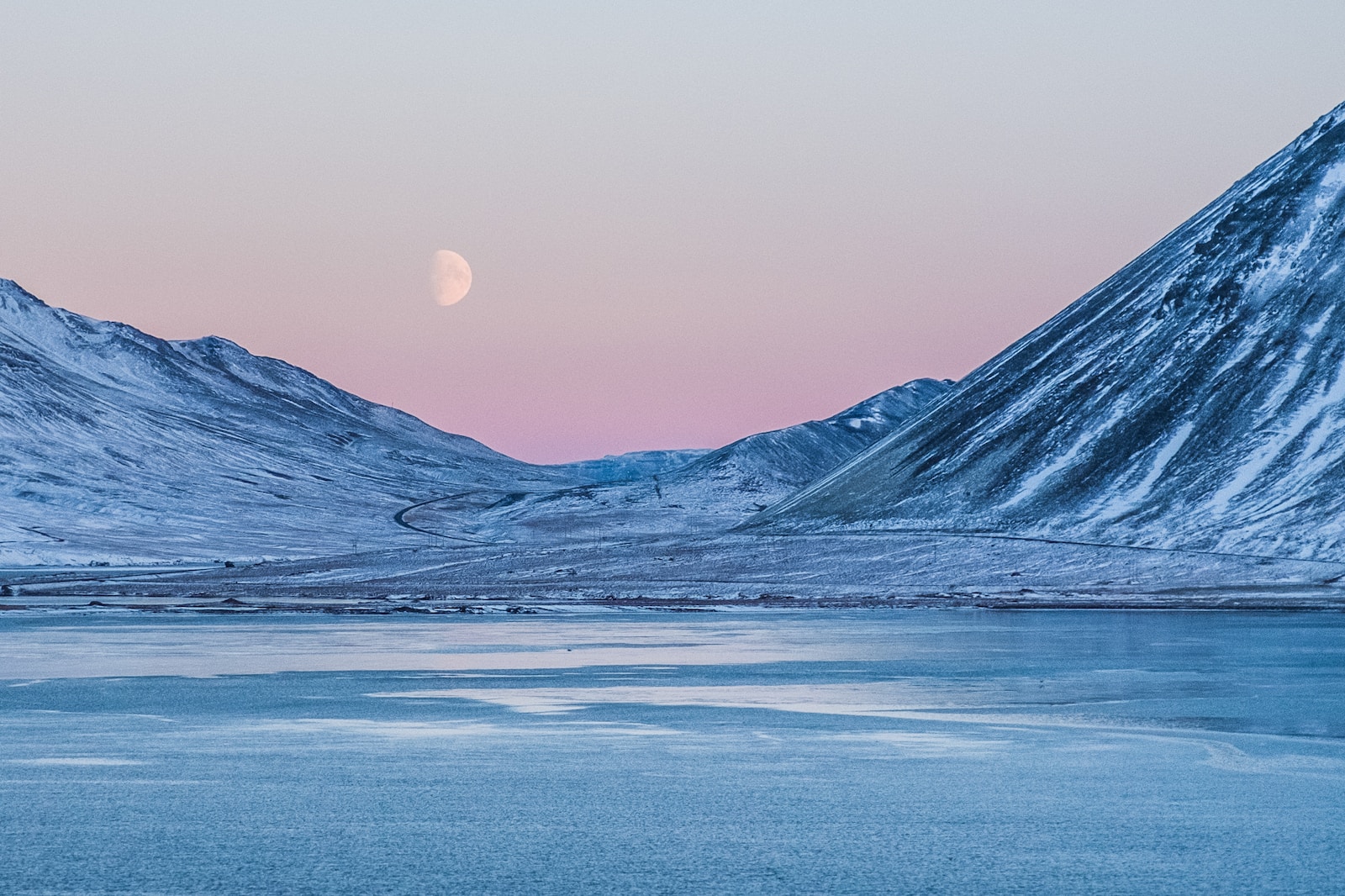Table of Contents
ToggleIntroduction:
The Arctic Ocean has been experiencing climate heating faster than any other part of the planet, and a new study warns that it could be ice-free in summer by the 2030s, even if we reduce emissions. This article explores the history of predictions, the rapid decline of sea ice, how models are predicting the timing, and why an ice-free Arctic Ocean matters.
The Rapid Decline of Sea Ice:
The Arctic’s sea ice has been shrinking dramatically over the past 40 years, from around 7 million sq km to 4 million, equivalent to roughly the size of India or 12 UKs. The ice which remains at the end of summer is called multiyear sea ice and is considerably thicker than its seasonal counterpart. It acts as a barrier to the transfer of both moisture and heat between the ocean and atmosphere.
Predictions and Models:
Predictions of an ice-free Arctic Ocean have a long and complicated history, and the 2030s is sooner than most scientists had thought possible (though it is later than some had wrongly forecast). The latest IPCC climate science report, published in 2021, reaches a similar conclusion about the timing of an ice-free Arctic Ocean. However, some scientists have attempted to extrapolate the observational record resulting in the controversial and, ultimately, incorrect assertion that this would happen during the mid-2010s.
The Timing:
The scientists behind the latest study have taken a different approach by calibrating the models with the observations and then using this calibrated solution to project sea ice decline. They call these “observationally constrained” projections and find that the Arctic could become ice-free in summer as early as 2030, even if we do a good job of reducing emissions between now and then.
Consequences of an Ice-Free Arctic Ocean:
An ice-free Arctic Ocean would not only be an emblematic sign of climate breakdown, but it would have global, damaging and dangerous consequences. As Arctic sea ice dramatically reduces the amount of sunlight absorbed by the ocean, removing this ice is predicted to further accelerate warming, through a process known as a positive feedback. This, in turn, will make the Greenland ice sheet melt faster, which is already a major contributor to sea level rise. The loss of sea ice in summer would also mean changes in atmospheric circulation and storm tracks, and fundamental shifts in ocean biological activity.
Why an Ice-Free Arctic Ocean Matters:
While some might argue that the melting Arctic ice could lead to new shipping routes, the disadvantages of an ice-free Arctic Ocean far outweigh the slender benefits. The loss of sea ice in summer would have global, damaging and dangerous consequences, accelerating warming, and contributing to sea level rise. It would also lead to changes in atmospheric circulation, storm tracks, and ocean biological activity.
Conclusion:
The Arctic Ocean could be ice-free in summer by the 2030s, leading to global, damaging and dangerous consequences. While the exact timing is uncertain, the latest study brings forward the most likely timing of a blue ocean event by about a decade. It is crucial that we take action to reduce emissions and slow down the rate of climate change before it’s too late.







